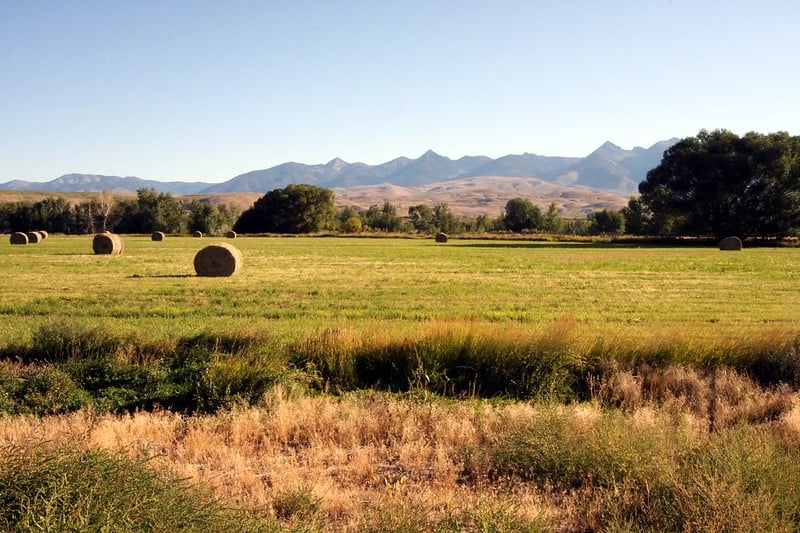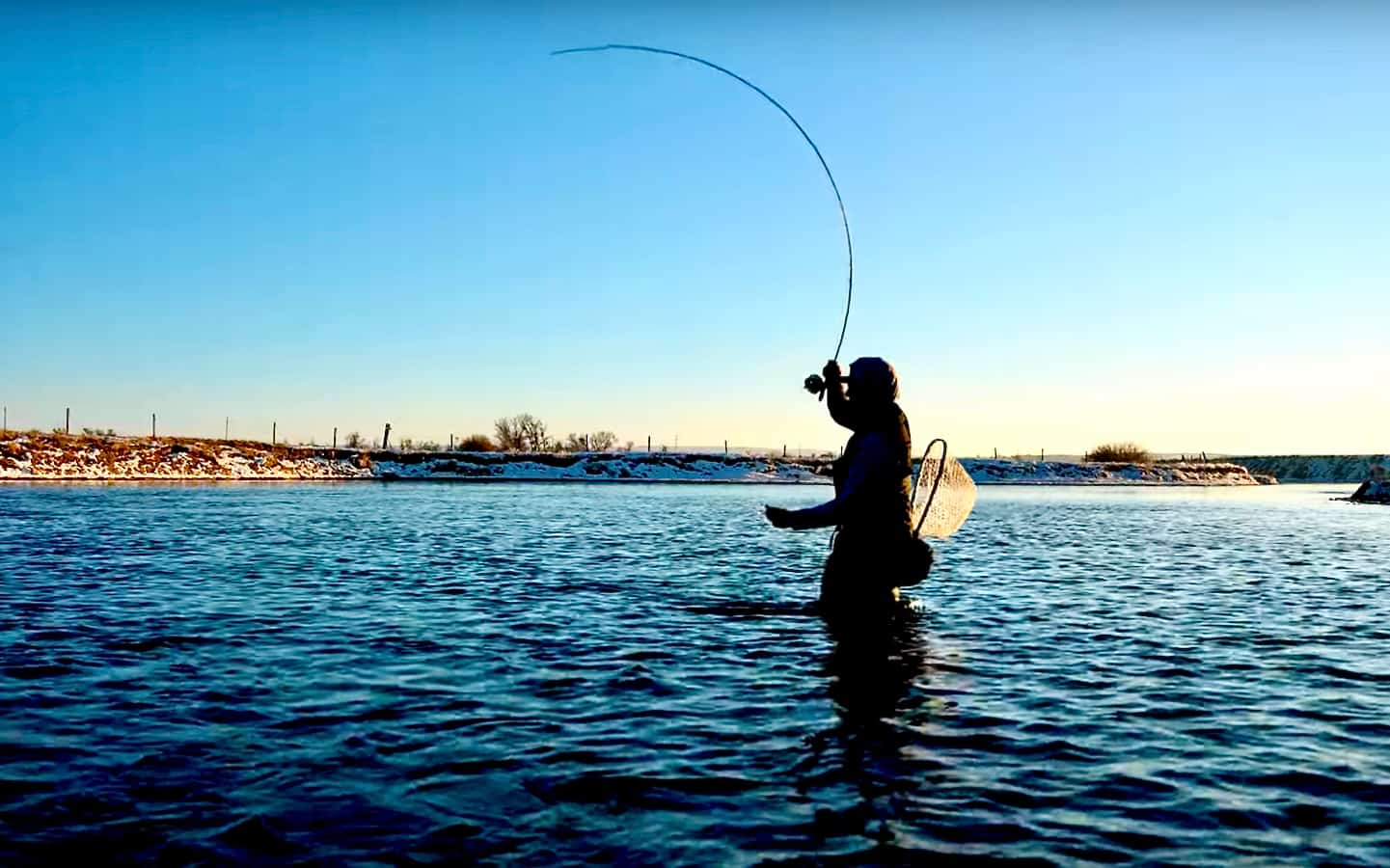Is There Such Thing As a “Steelhead Rod?”
Have a question you want answered? Email it to us at [email protected].
Question: Is there really a steelhead fly rod or is that a sales hype? I fish the Great Lakes Tributaries and would like to know what rod characteristics would do best for this type of steelheading?
Dave Sabol, Louisville, KY
Answer: I can see how the vast array of rods available to steelheaders could be confusing: single-hand or double hand? Traditional Spey or Skagit? 9-foot or 16-foot? And on and on. Here’s some advice from three hardcore great lakes steelhead anglers.
Greg Senyo, owner of Steelhead Alley Outfitters: No, it is not a sales hype. There are definitely preferred fly rods for fishing Great Lakes steelhead. If you primarily fish with an indicator, the best rod choice would be a 10-foot 7-weight single-hand rod. The added length gives you an advantage in mending your fly line and maintaining drag-free drifts. The extra length also aids the angler because you won’t have to hold your arm out all day long, causing shoulder pain or fatigue, while high-sticking. The 7-weight also has all the necessary power in the butt section of the rod to handle and effectively land large fish.
The new craze on the Great lakes in recent years has to be the use of the multitasking 11-foot 8-weight switch rod. A switch rod allows the angler to choose between a variety of casting styles and fishing methods. Many companies now offering switch rods have created “switch lines” that allow an angler to rig the rod for with methods you already like to fish. If you run indicators and nymphing is your primary method, you maintain all the benefits of the longer rod. If you like to Spey cast and swing large streamers, you can simply remove the standard leader and add a sinking poly leader, a short section of heavy tippet, and your streamer. In short, the switch rod will allow you to evolve and fish a multitude of methods without having to purchase two or more rods.
The best advice I can offer you is to visit a local fly shop and cast the rods listed above! Get a feel for what will benefit you most while fly fishing the Great Lakes tributaries.
Matt Supinski, owner of Gray Drake Outfitters: Yes, there is such thing as a Great Lakes steelhead rod! In this sport, the rod is the single most crucial element of the sport. 10, 11, and 12 foot rods are needed (the new lightweight switch rods embodies all of this). Light-tip steelhead rods were designed from the long “noodle rods” that bait chuckers use to throw spawn bags on very light tippets. The very light tip protects the tippet from the shock of a powerful strike and run by  very aggressive and strong fighting steelhead, and the rod butt is strong enough to put a serious bend in the rod to land these fish. Also, the rod must be strong enough to throw big flies, heavy sinking-tips (Skagit lines/heads), or chuck-and-duck systems with tiny nymphs/eggs on light tippets. Also the extra length allows for greater mending and strike detection when you’re high-stick nymphing.
Overall, think long, light, yet powerful when selecting a steelhead rod.
Shawn Brillon, Orvis product developer and steelhead fanatic: In my eyes, there isn’t just one steelhead-specific rod. Spey and Switch models are specialty rods, so I’ll focus on 9½- to 10-footer in line weights 6, 7 or 8 for indicator fishing and tight-line nymphing.
That said, I define a steelhead rod as:
- Longer than 9 feet to aid in casting/mending.
- Action on the softer side to absorb the shock of the hook set, jumping fish, or fast runs.
What one needs is a rod that has ample length to make of casting and mending a pleasure for the day. Length equates to longer mends, longer drifts, and often aids in casting as well—especially when a roll cast is needed due to lack of back casting room.
Since the question was posed about fishing on Great Lakes tributaries, it’s also important to consider the size of the trib or river that you’re fishing on. The size of water should determine the length, and (along with the size of fish) the line weight that you should select. I often just fish a 7- or a 8-weight on larger rivers and a 6- or 7-weight on smaller tribs such as the Pennsylvania or Ohio rivers.











